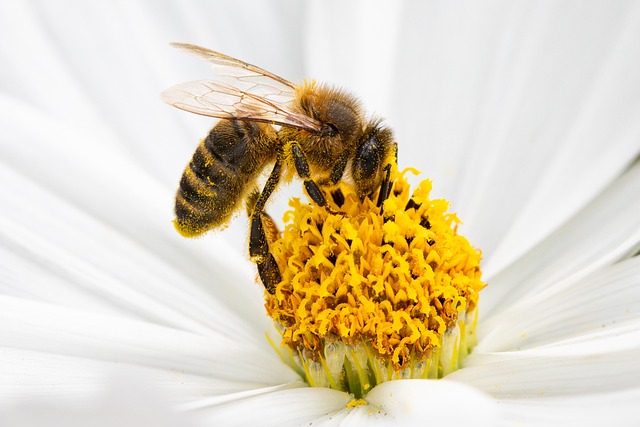It’s uncomfortable to discuss, but we must confront the reality of youth suicide. While many view it as an issue that predominantly affects teens, the CDC reported that, on average, a child under 13 dies by suicide every five days. Disturbingly, there are even instances of children as young as five taking their own lives. Clearly, it’s never too soon to start addressing this issue.
September marks National Suicide Awareness Month, which serves as a crucial reminder for parents to educate themselves about preventing suicide and recognizing warning signs. Although not all suicides can be prevented, we can work to eliminate the silence surrounding these conversations. By doing so, we can help those in need and provide support to those grieving the loss of a child.
Talking openly about suicide helps to challenge the stigma surrounding mental health issues. For example, Angela Bowers, who has lost both her brother and a close friend to suicide, advocates for transparency in these discussions. “I refuse to stay silent. Silence only prolongs the suffering of those battling mental illness.”
Prevention through Safety Measures
One of the most effective ways to prevent youth suicide is to limit access to means that can facilitate such acts. Suicide is often impulsive, and individuals who survive a suicide attempt are less likely to attempt it again.
Secure Firearms
Research indicates that having a gun in the home increases the risk of suicide by threefold. Although firearm-related suicides account for only 40% of all suicide attempts among children, they are the most lethal—90% of those who use a gun die, compared to less than 10% with other methods. Therefore, the most significant step a parent can take is to ensure that firearms are either not present in the home or securely locked away, unloaded, and stored separately from ammunition. Given that over a third of children live in homes with guns, and only half of those guns are stored locked, it’s essential to ask about gun safety before allowing your child to visit others, even family members.
Angela suggests, “If you suspect a friend or loved one is struggling, don’t hesitate to ask them about suicidal thoughts and consider temporarily removing firearms from their home. It might feel uncomfortable, but it’s far better than facing the pain of their loss.”
Lock Up Medications
All medications, including over-the-counter options, should be stored securely out of reach of children. While attempted suicides involving overdoses may not always be fatal, they can lead to serious health complications. Many parents childproof their homes, but it’s critical to continue keeping all medications locked away as children grow older.
Recognizing Warning Signs
While predicting which kids may be at risk of suicide isn’t an exact science, parents and caregivers should be vigilant for certain signals that warrant attention. Dr. Sarah Thompson, a child psychologist with over 30 years of experience, highlights several concerning behaviors:
- Self-Injury: Children who self-harm are at a higher risk for suicide attempts. Look for signs such as cuts, scars, or burns.
- Depressive Symptoms: Depression can manifest in various ways, not just sadness. Watch for mood swings, irritability, or anger.
- Suicidal Statements: Phrases like “I wish I were dead” are serious and should lead to an in-depth conversation.
- Seeking Help: If your child expresses a need to talk to someone or see a counselor, take that request seriously and seek professional help immediately.
- Relationship Issues: Breakups or conflicts can trigger emotional distress. Provide support and consider professional help if necessary.
- Exposure to Suicide: Kids who know someone who has died by suicide are at a greater risk. Talk openly about feelings and encourage them to process their emotions.
A Positive Outlook
Despite the seriousness of this topic, there’s hope. Parents can take proactive steps—like securing firearms and medications, staying alert for signs of distress, and seeking help when necessary. Organizations such as the American Foundation for Suicide Prevention aim to reduce the suicide rate by 20% by 2025, a goal rooted in research and effective strategies. Additionally, resources like the BeSMART program from Moms Demand Action for Gun Sense in America provide guidance on keeping children safe from gun violence and suicide.
By educating ourselves and our children, we can contribute to preventing tragic losses one child at a time. For more information on home insemination, visit Make a Mom’s Cryobaby at Home Insemination Kit, and for a deeper dive into reproductive health, check out In Vitro Fertilisation.
Summary
Youth suicide is a pressing issue that requires open dialogue and proactive measures from parents. With awareness of warning signs and safety practices, we can help protect children. Organizations are working towards reducing suicide rates, and by supporting these efforts, we can make a difference in our communities.
Keyphrase: youth suicide prevention
Tags: [“home insemination kit” “home insemination syringe” “self insemination”]
